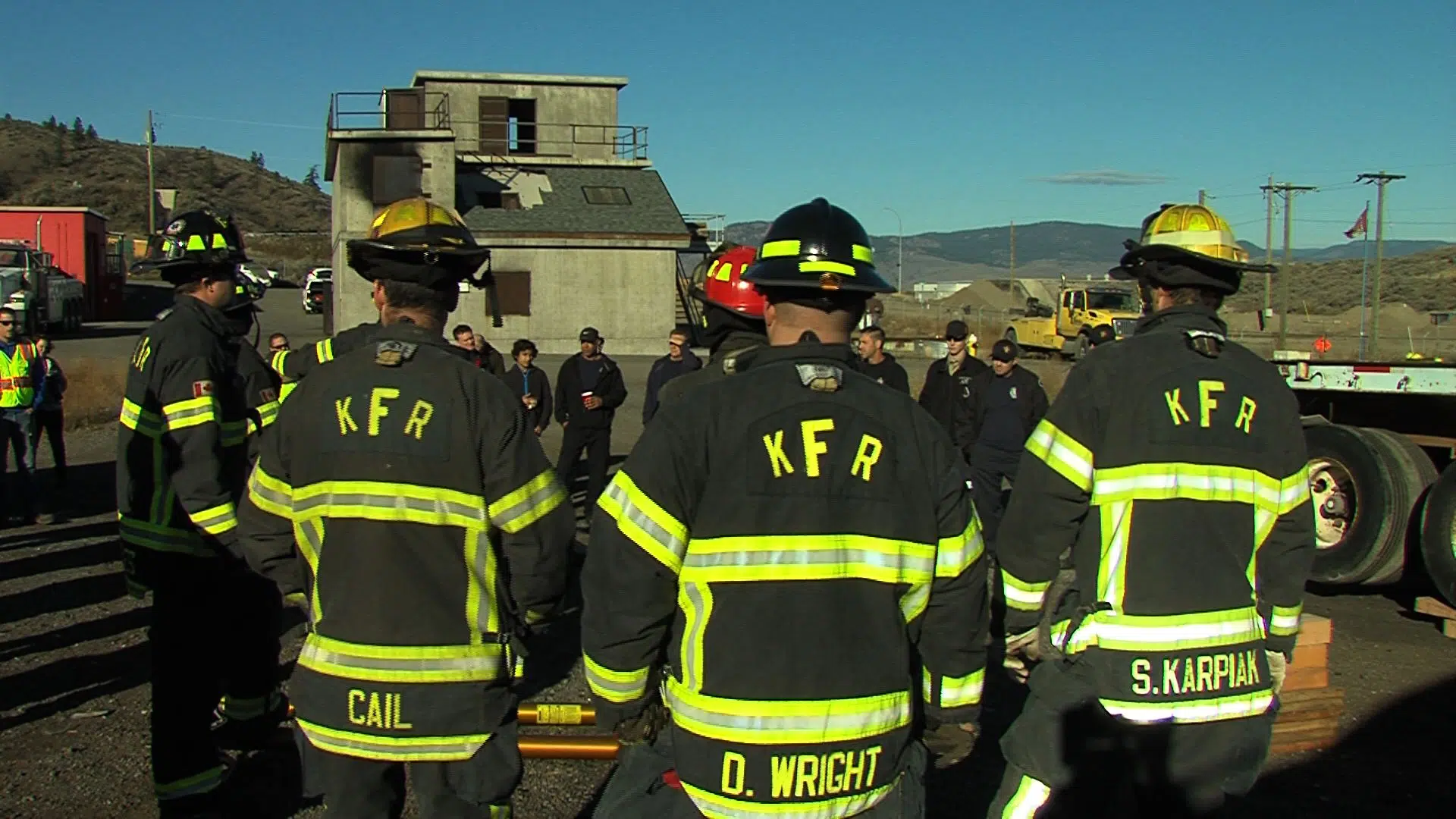
Kamloops Fire Rescue shows off Heavy Rescue Program
KAMLOOPS — When Kamloops Fire Rescue looked at what kind of incident posed potential risks to the city and it’s inhabitants, the possibility of a serious accident on one of the many highways in and around Kamloops was number one on that list. KFR used that assessment as a catalyst to improve their ability to respond such an incident – and in doing so, has created a unique partnership with a family run business in the city.
It doesn’t really matter how old you are; big trucks and power tools can be awesome, especially when you see them in action.
This morning, Kamloops Fire Rescue held a Heavy Equipment Demonstration. The event was designed to share knowledge and specific techniques KFR uses when there’s a crash involving one of the many heavy transport vehicles we see on the highways around the city.


